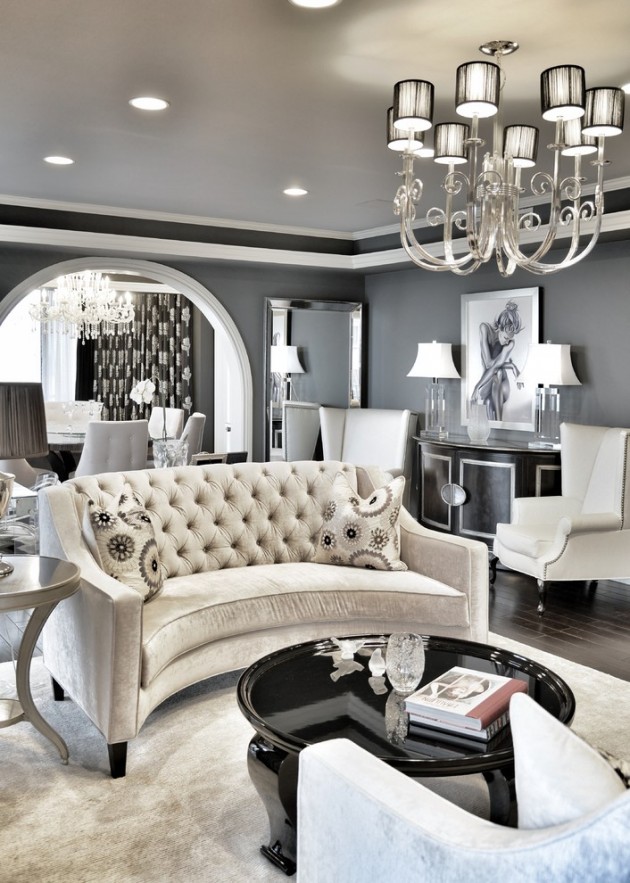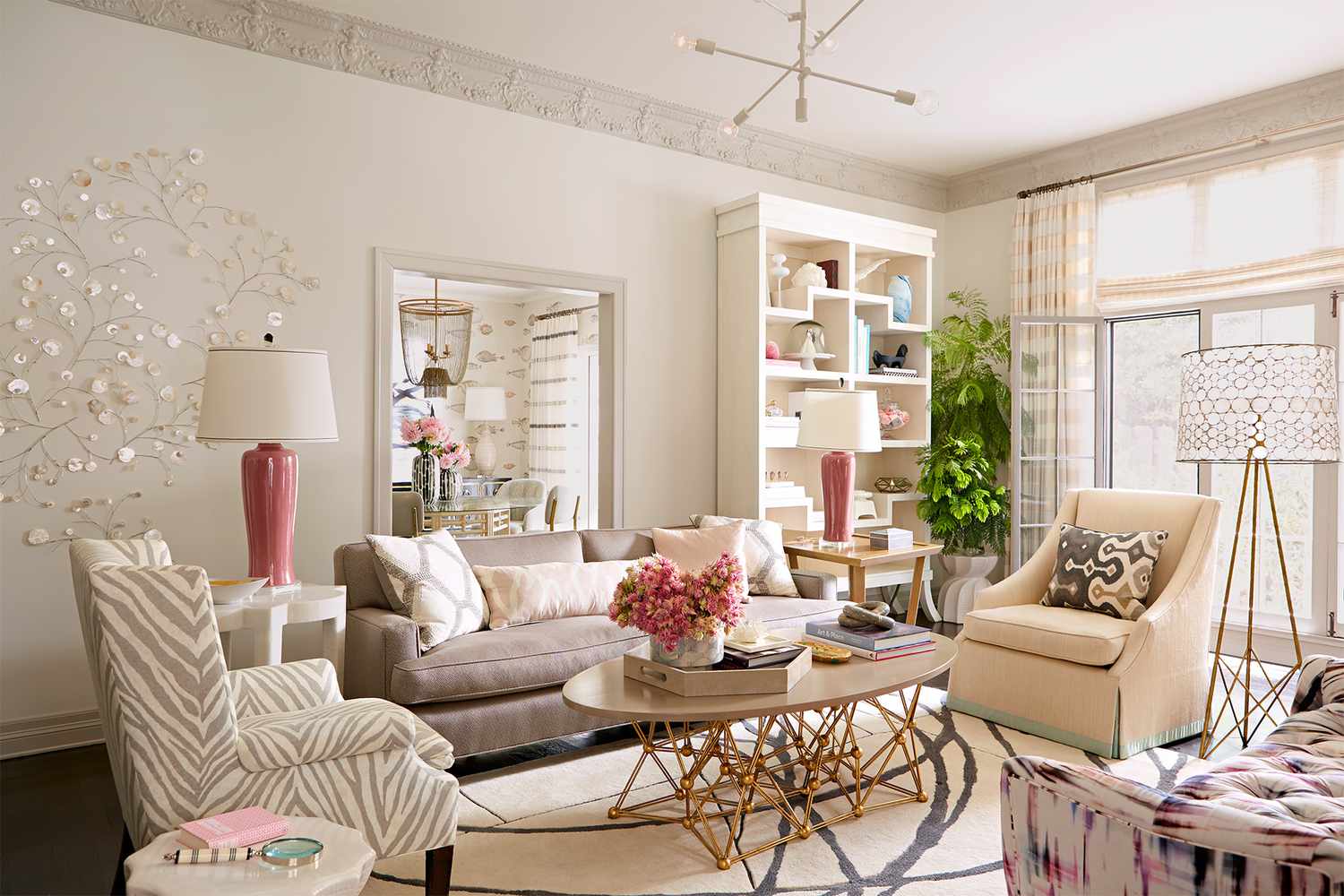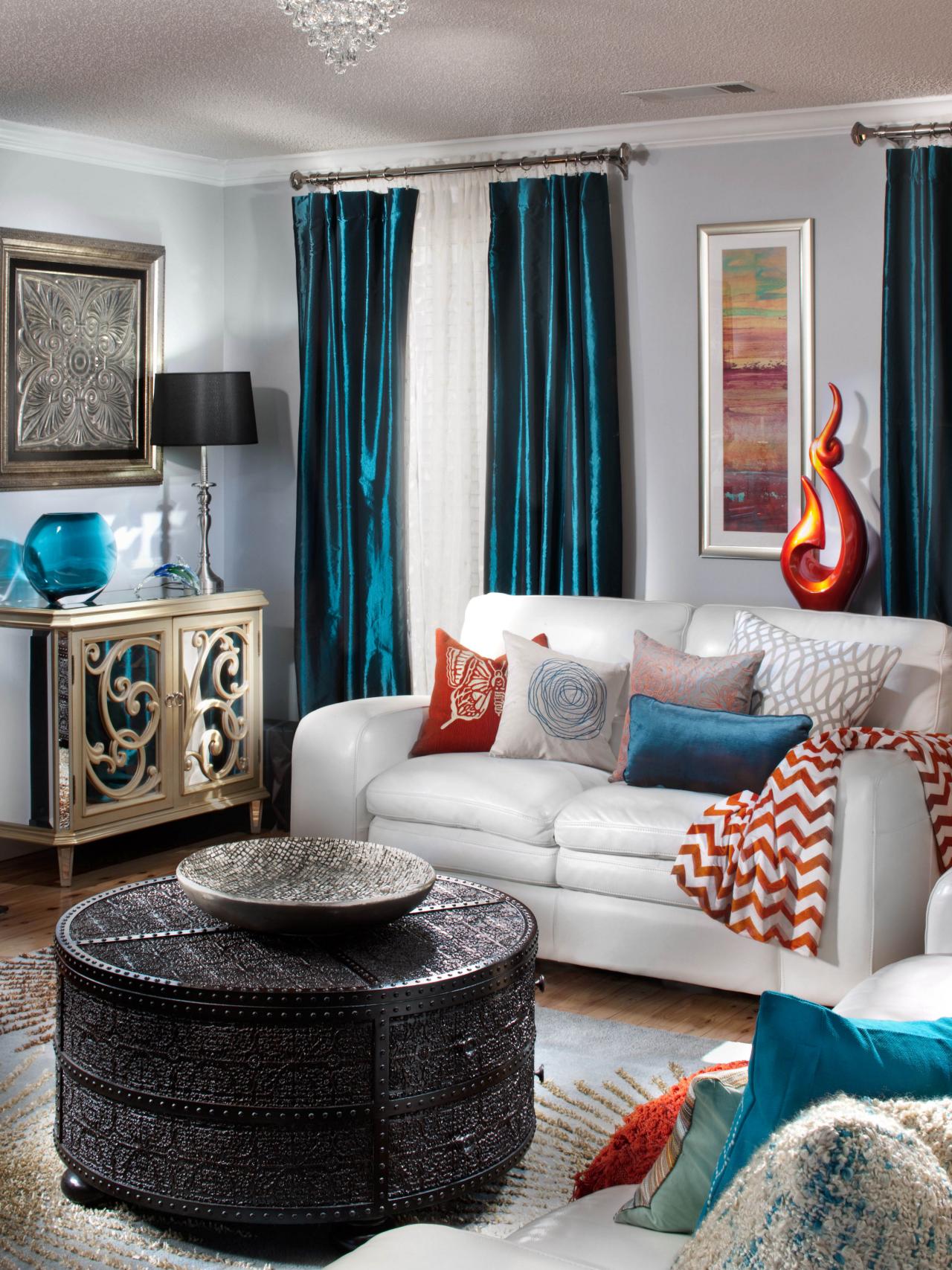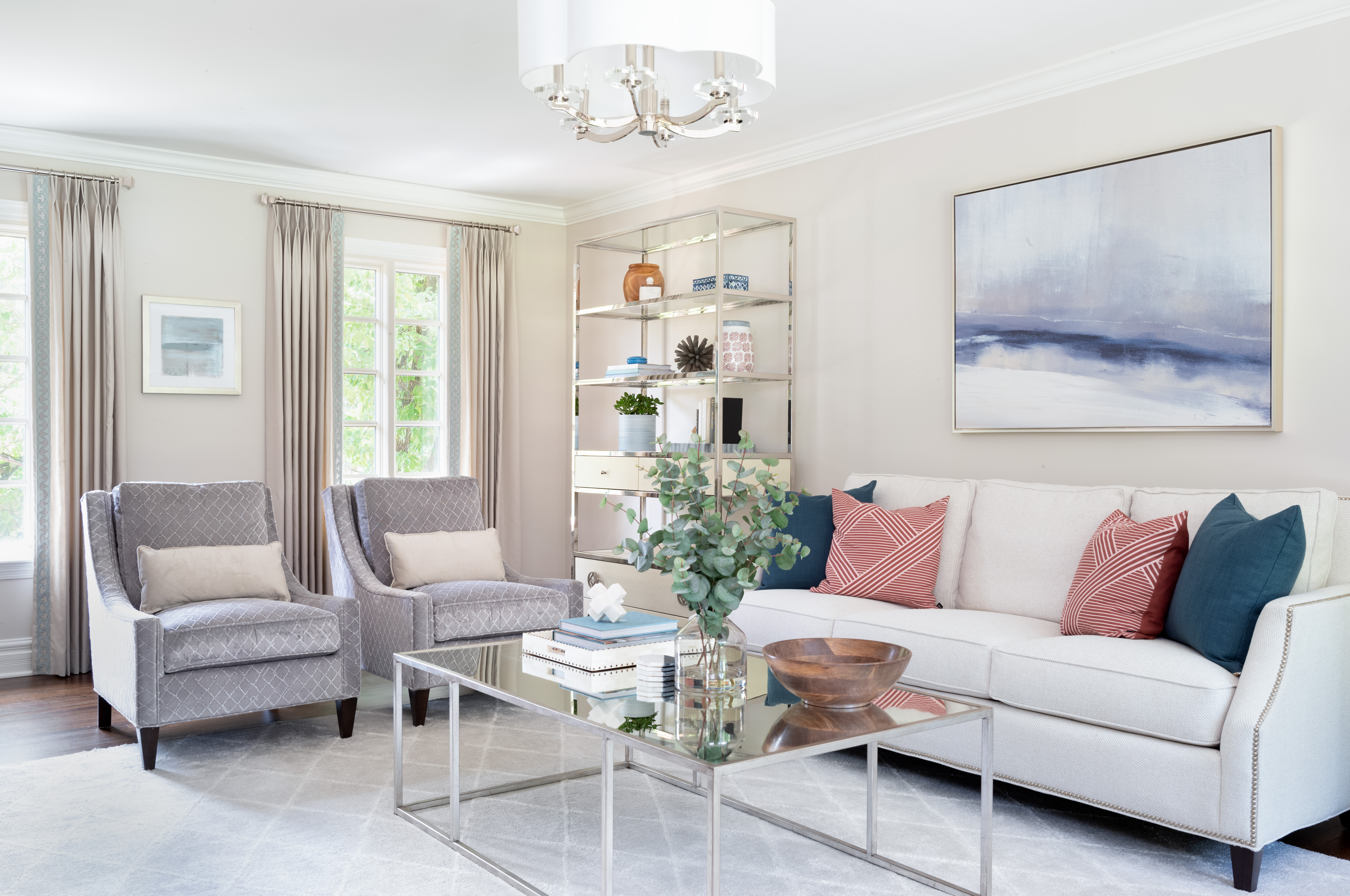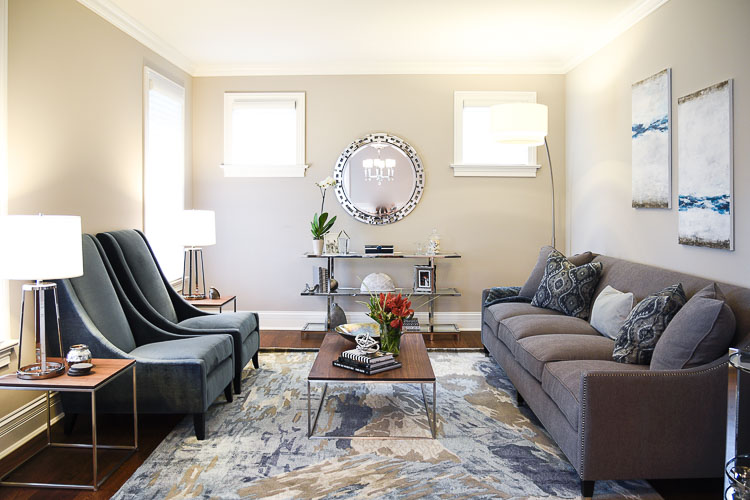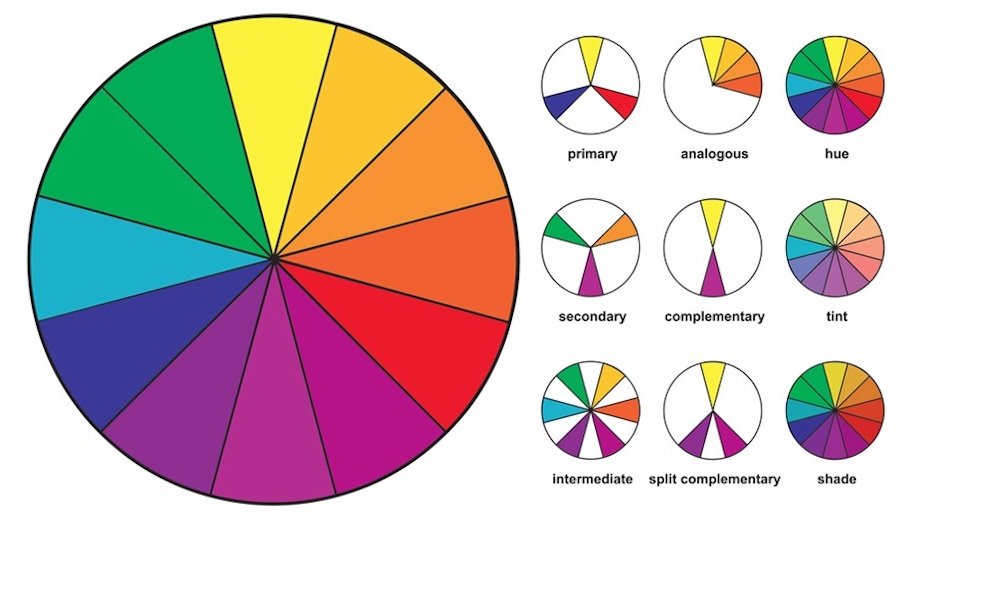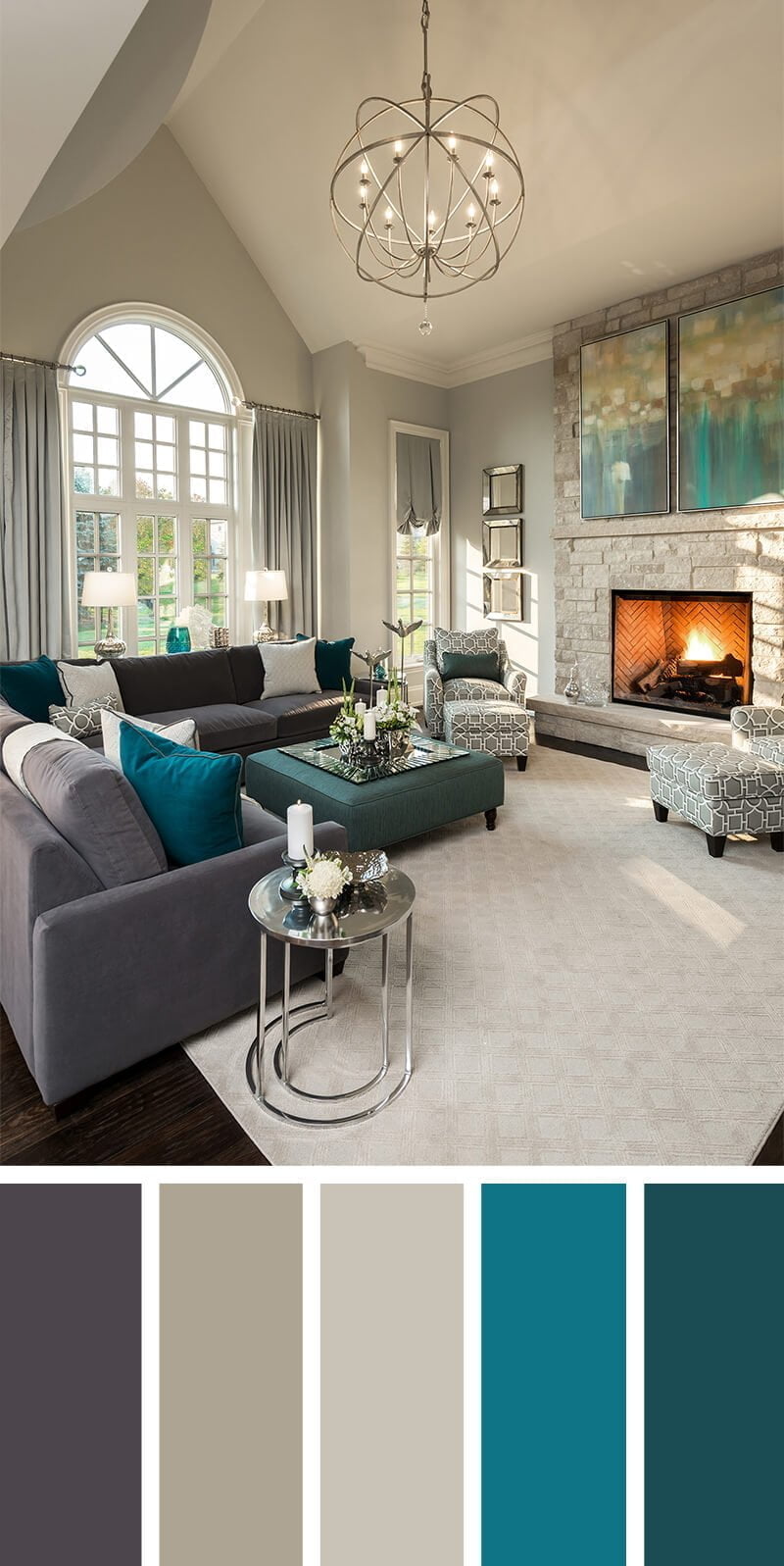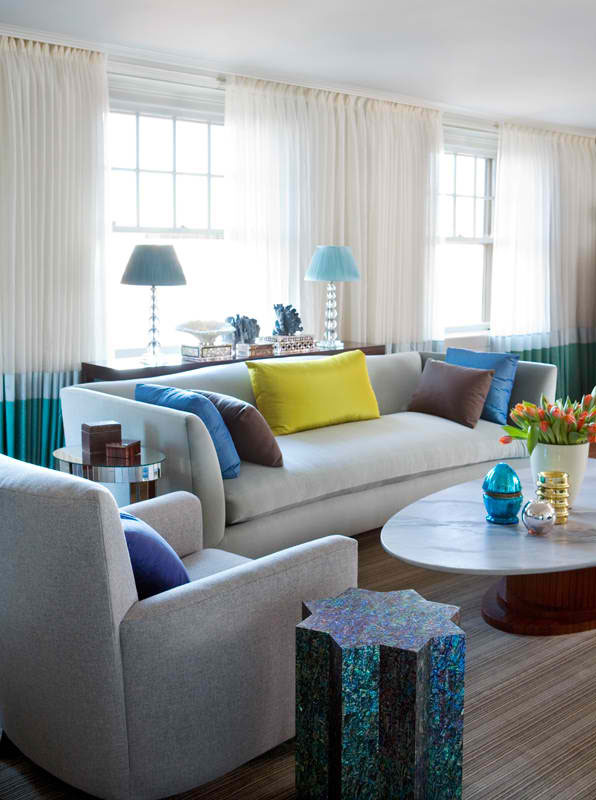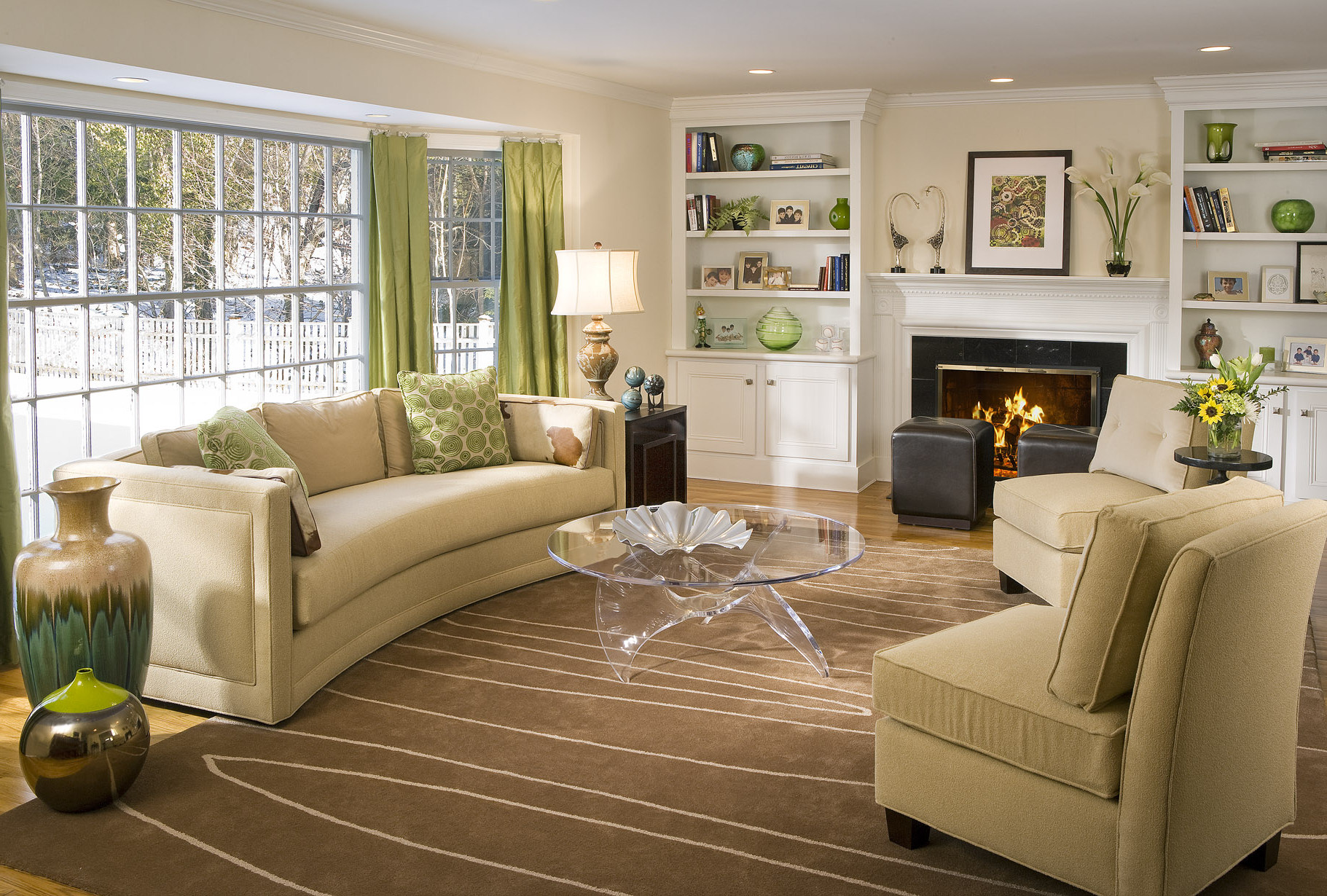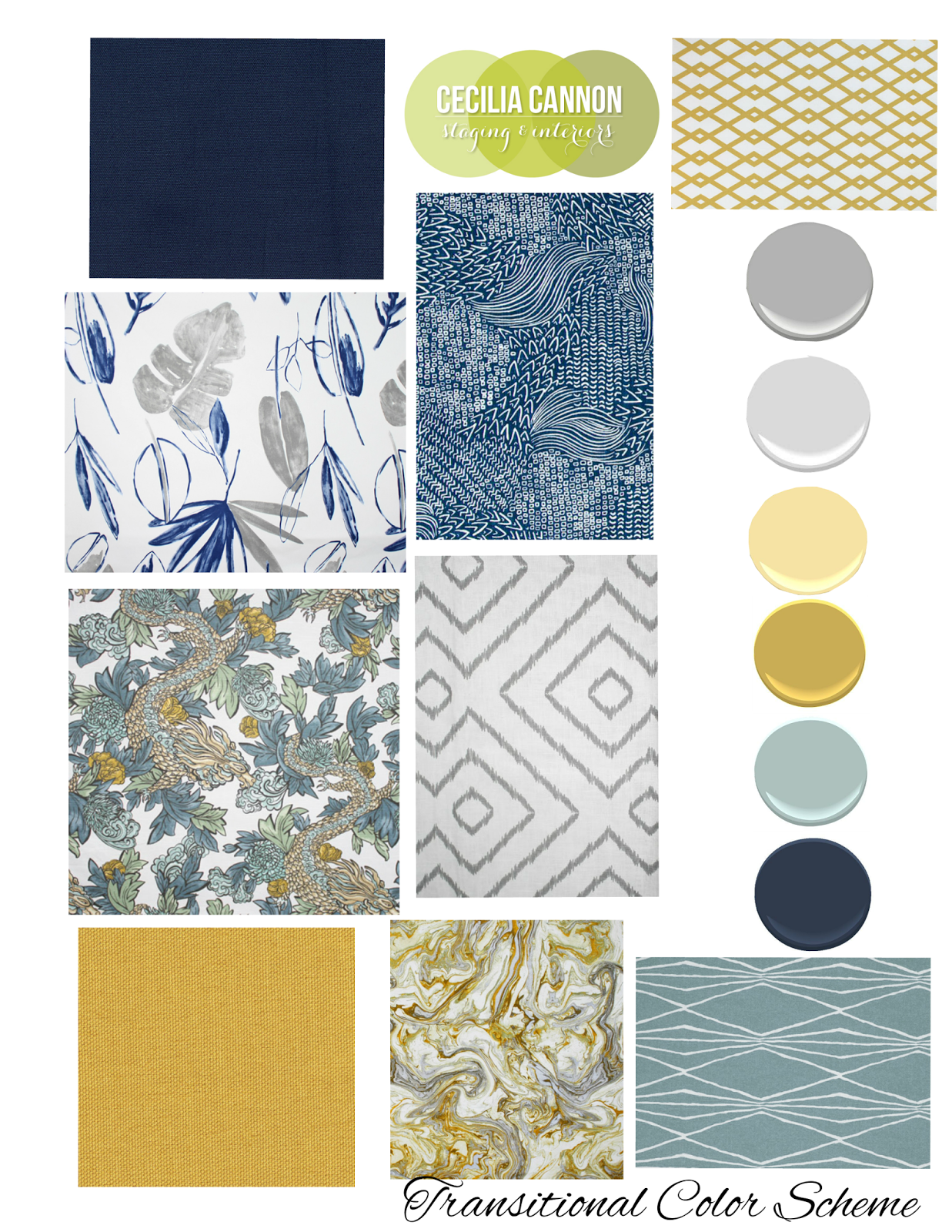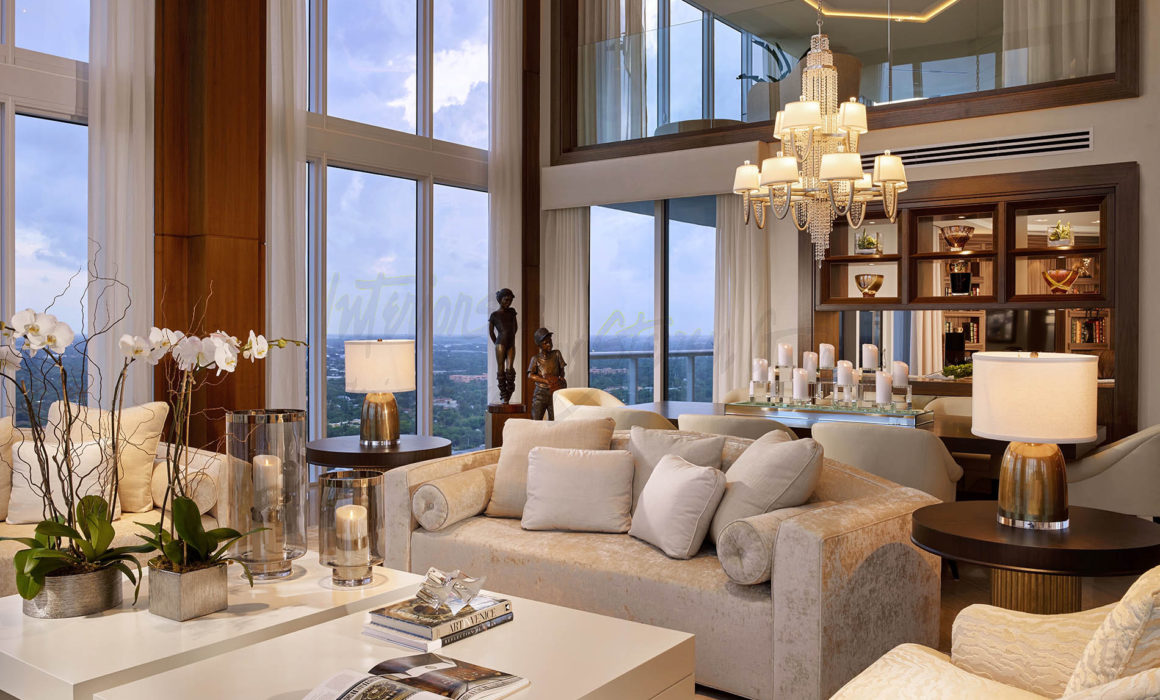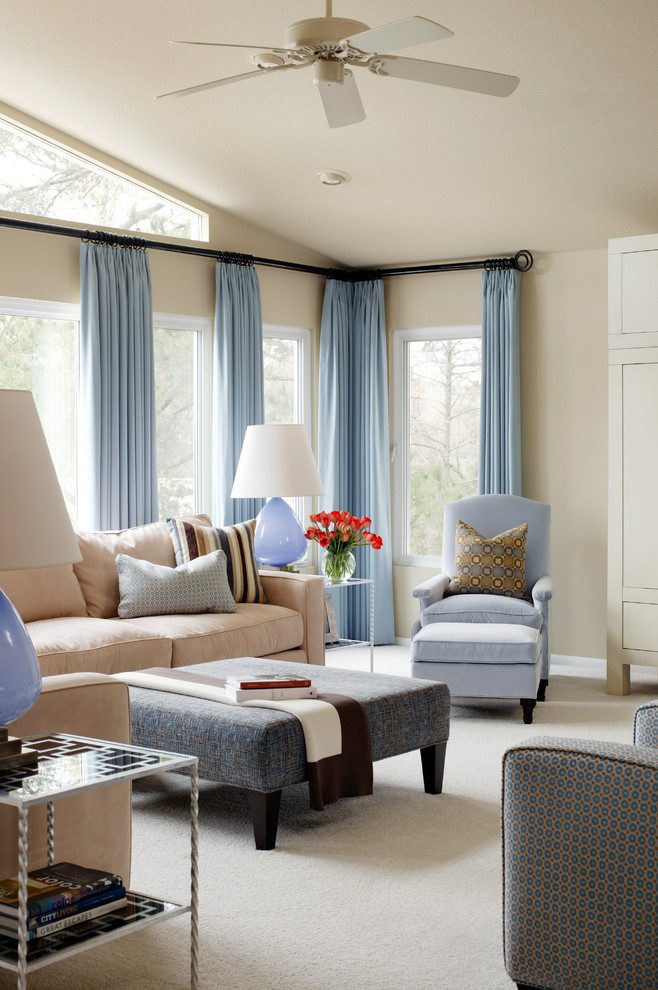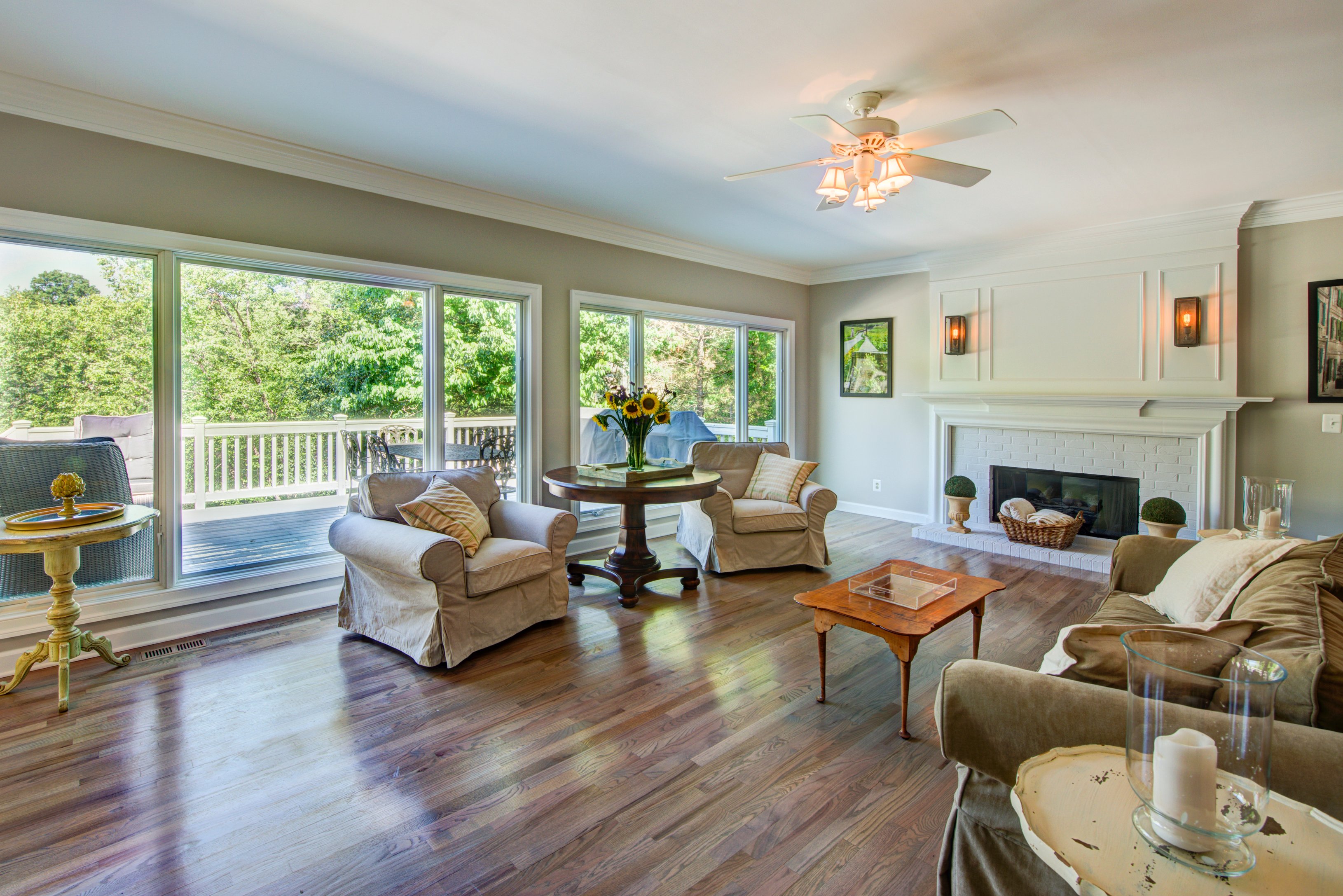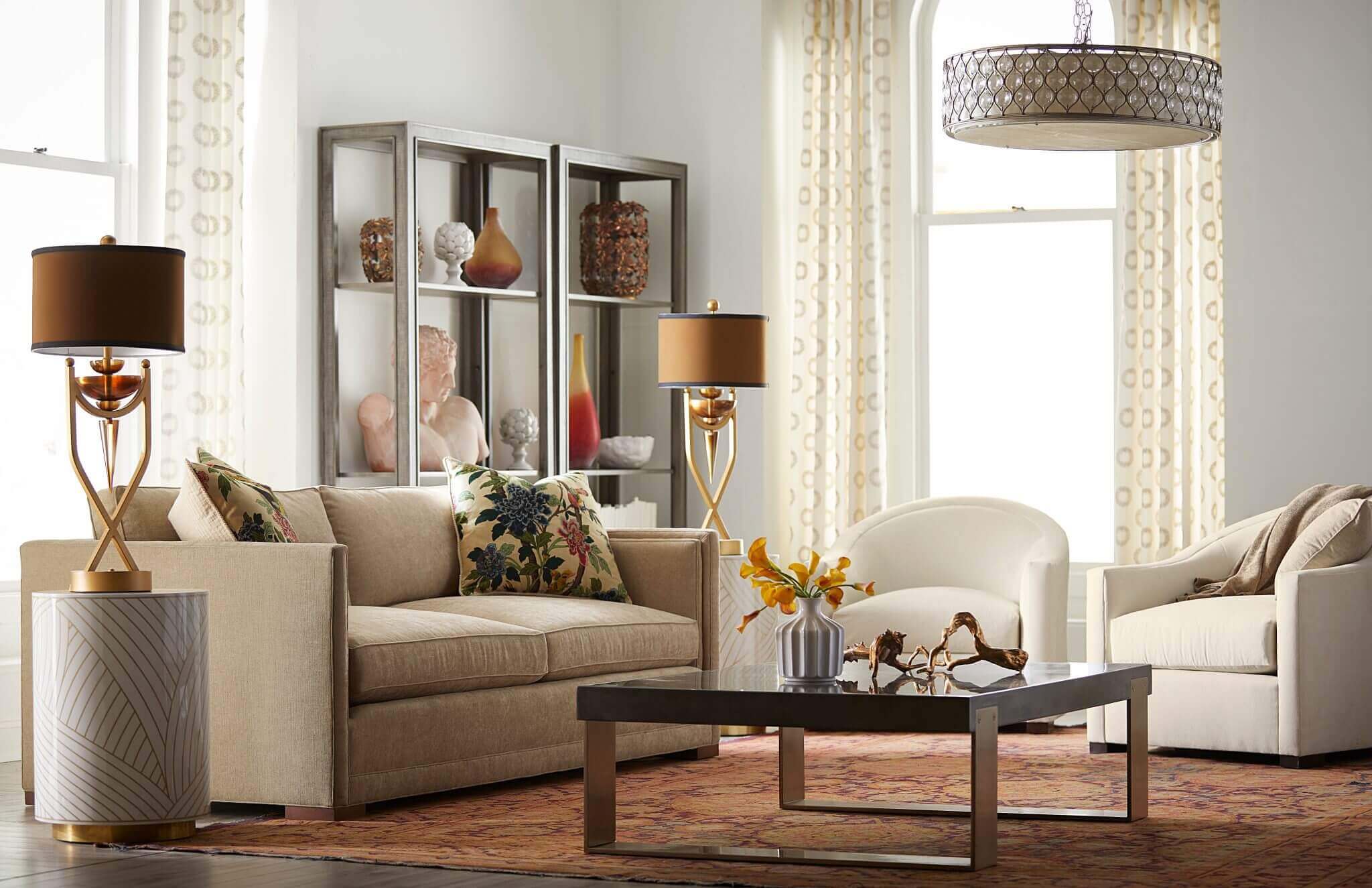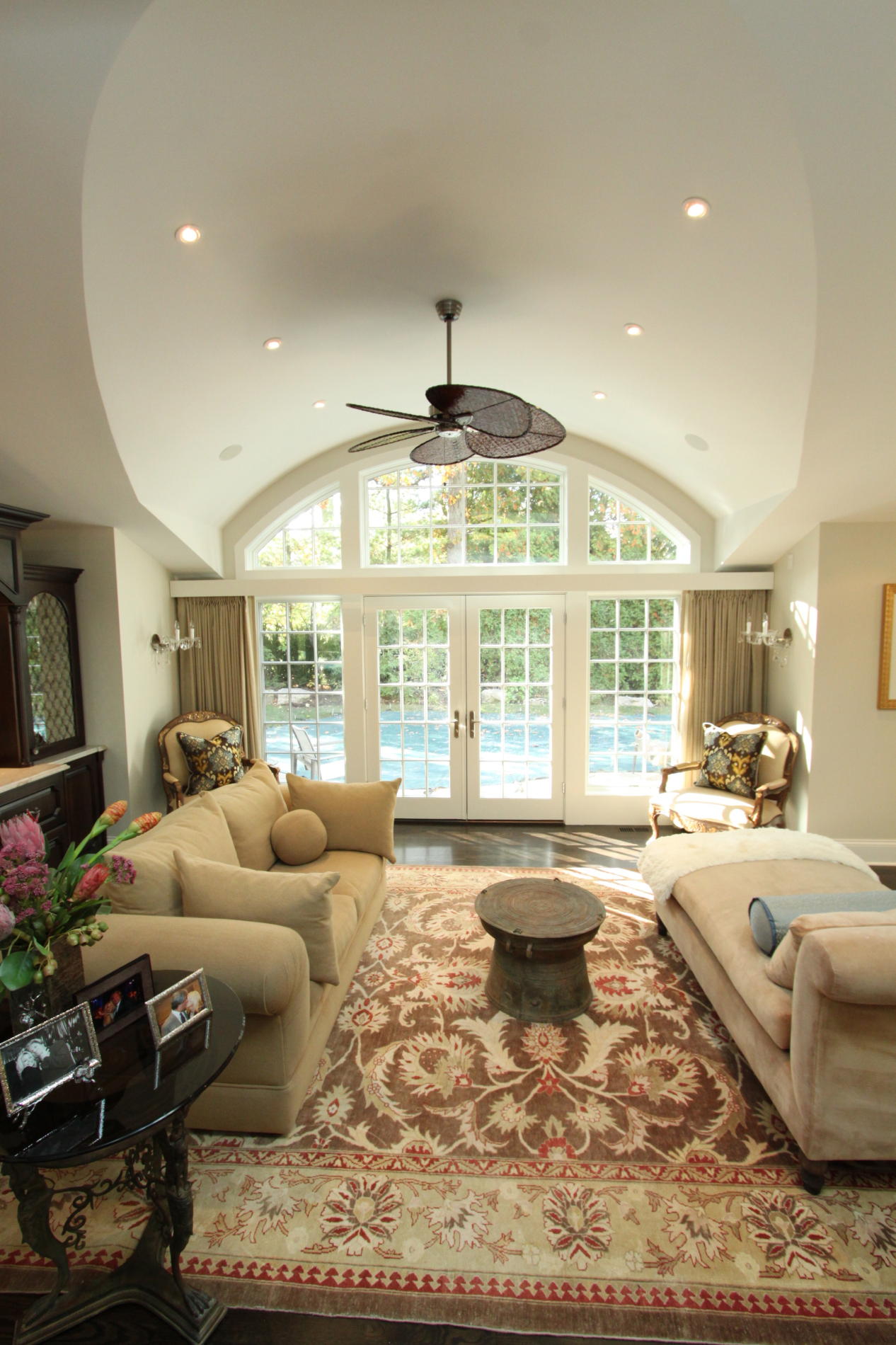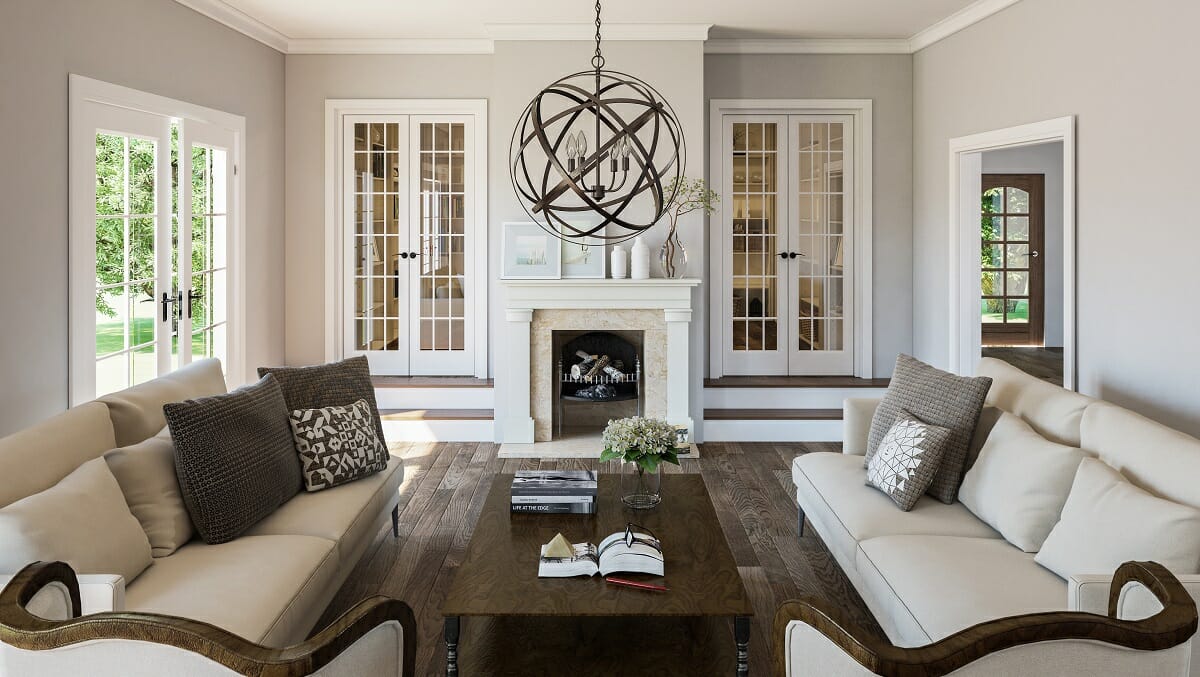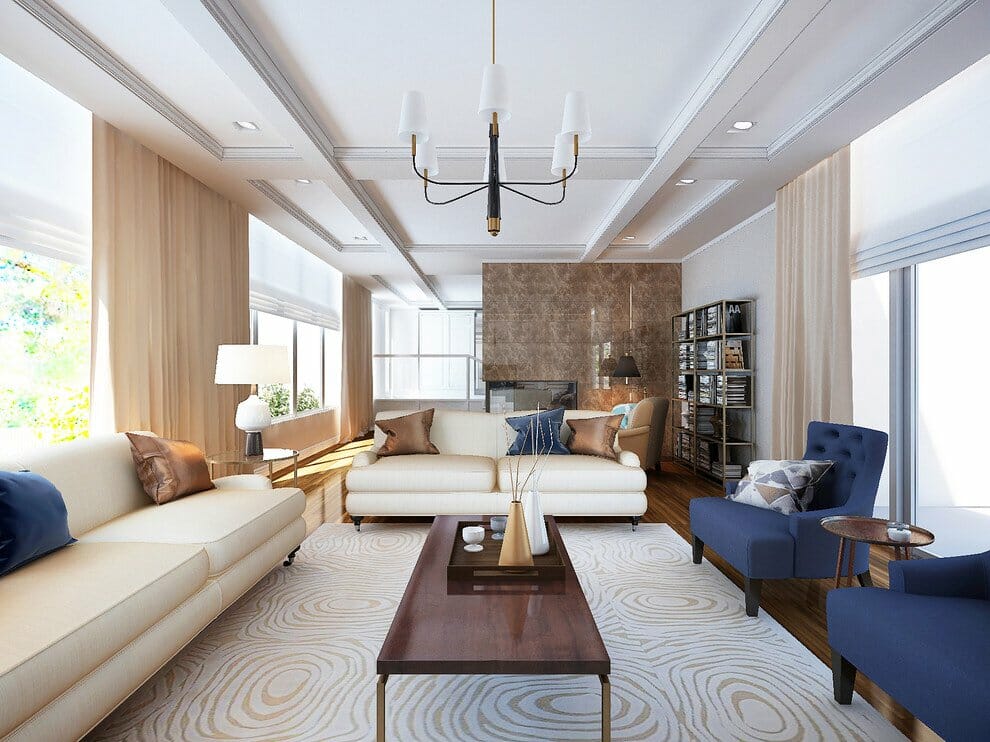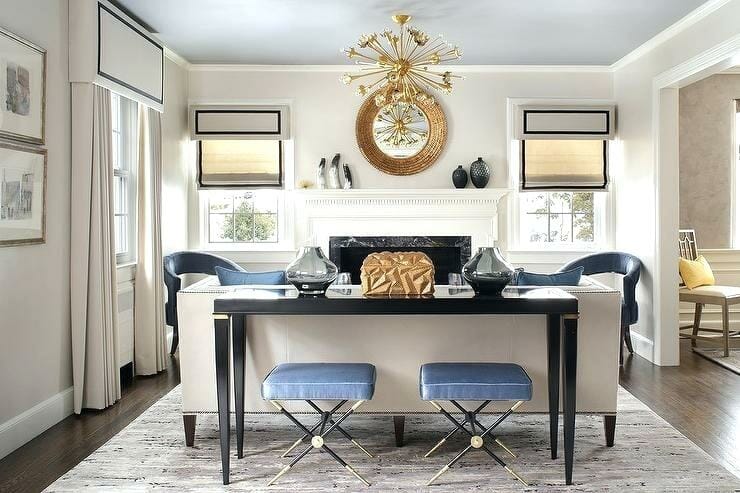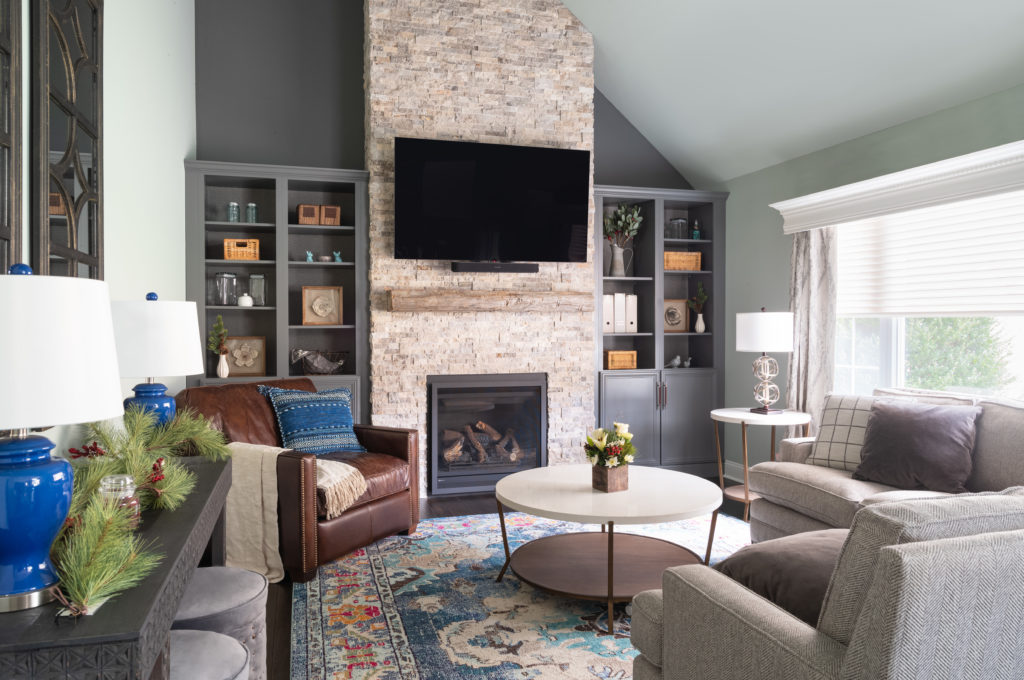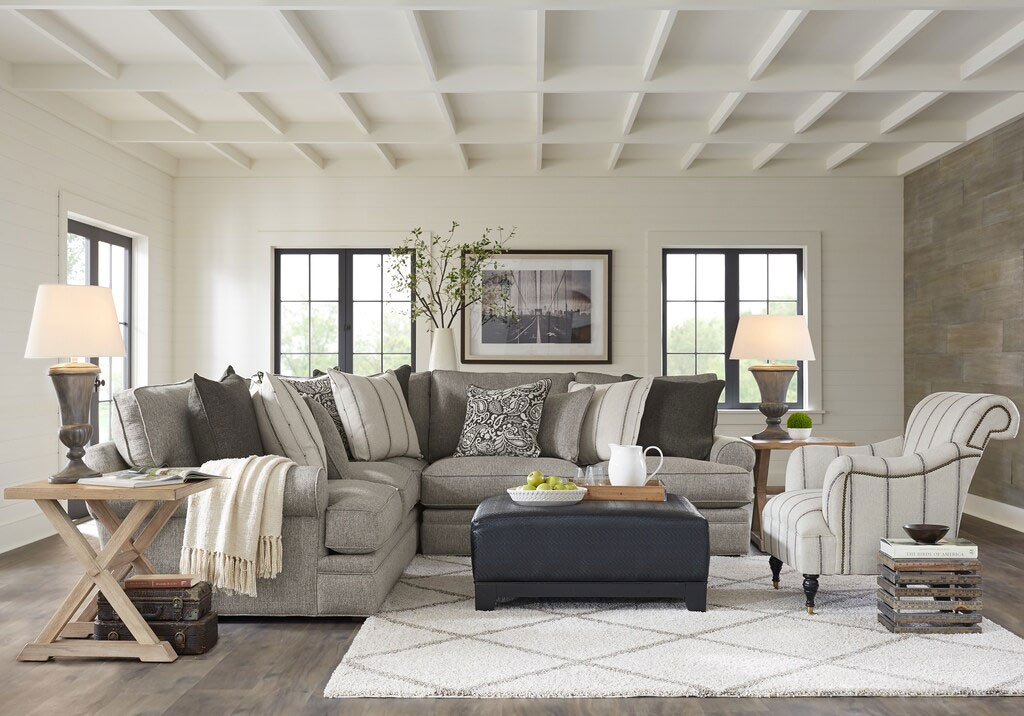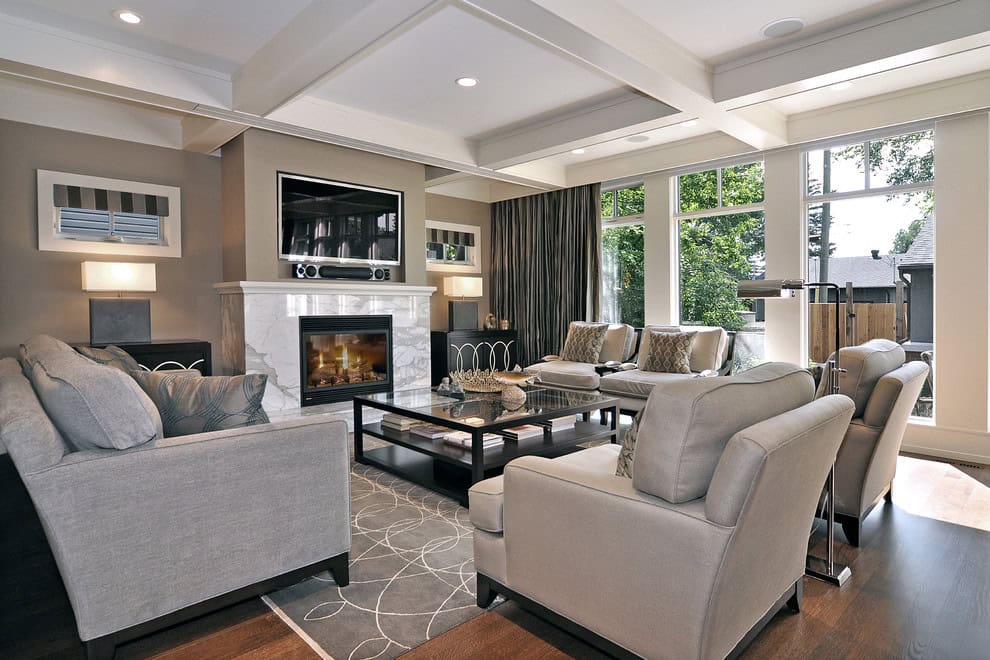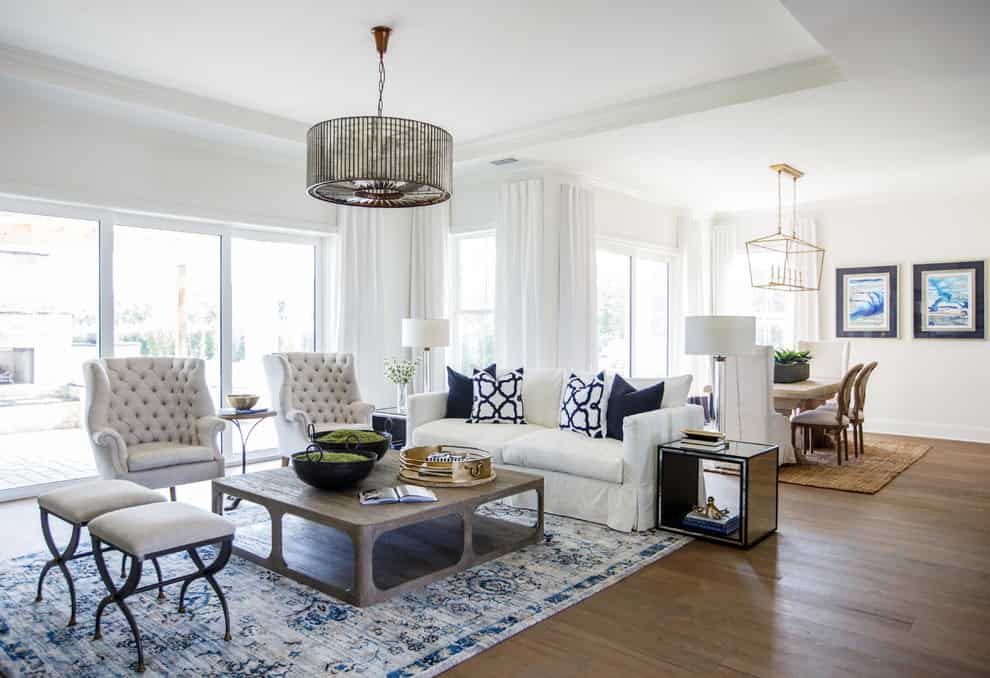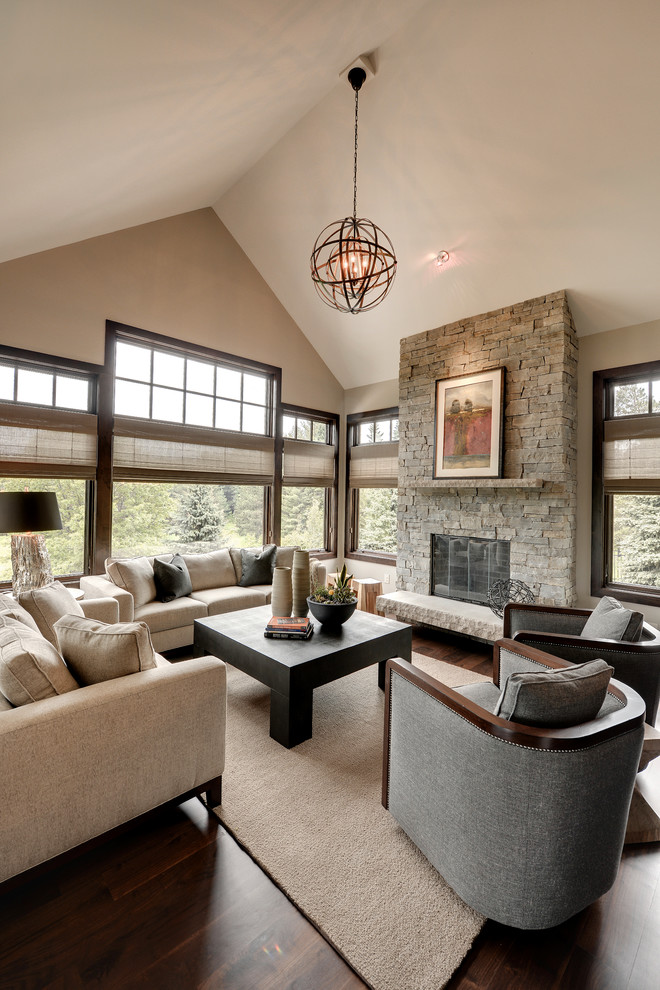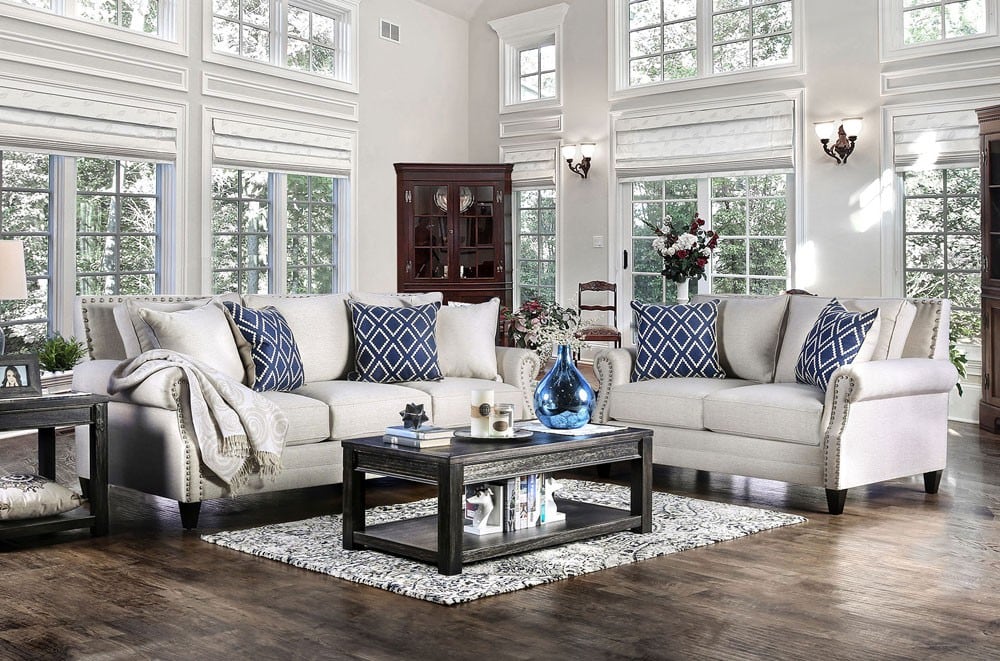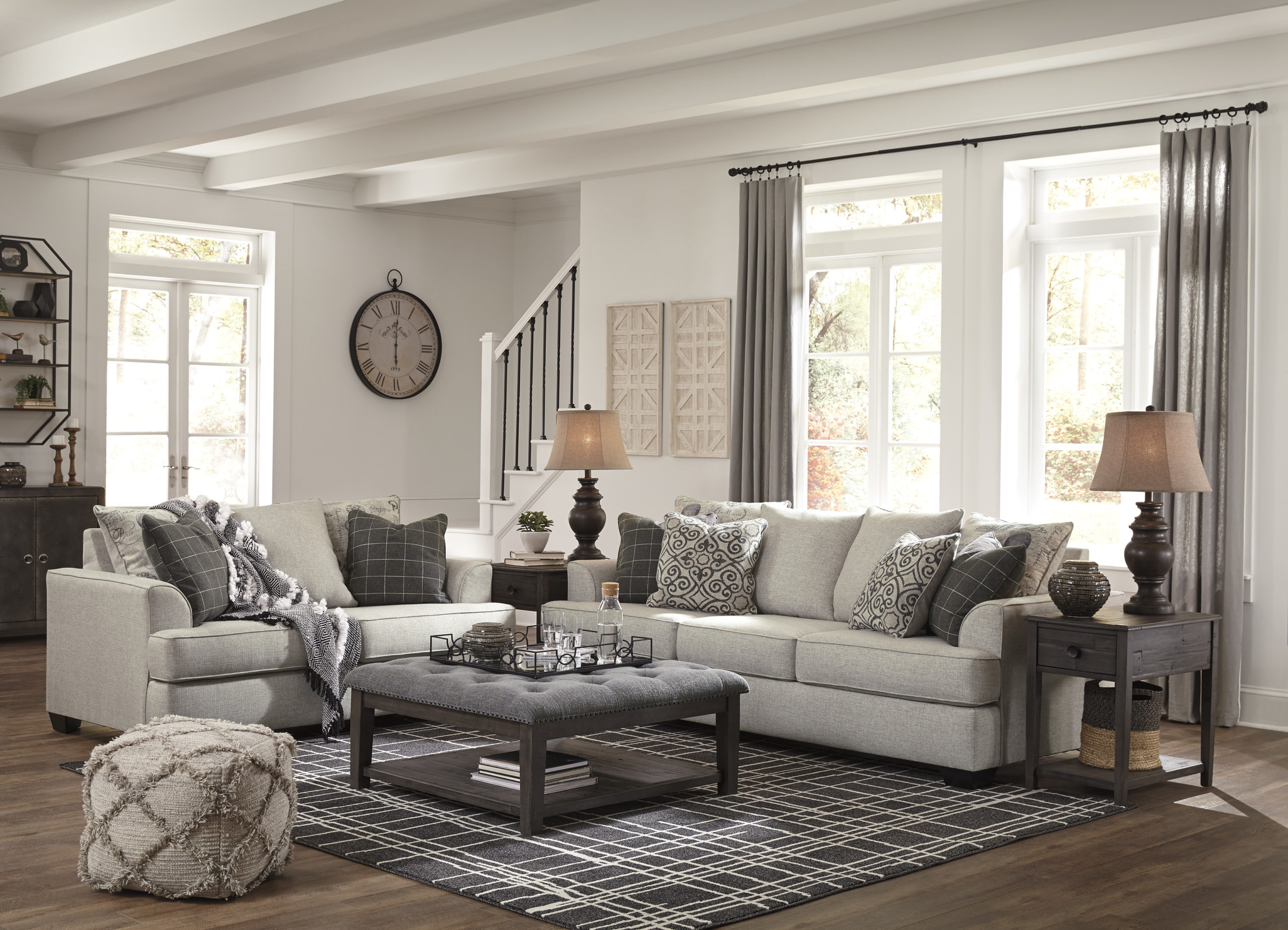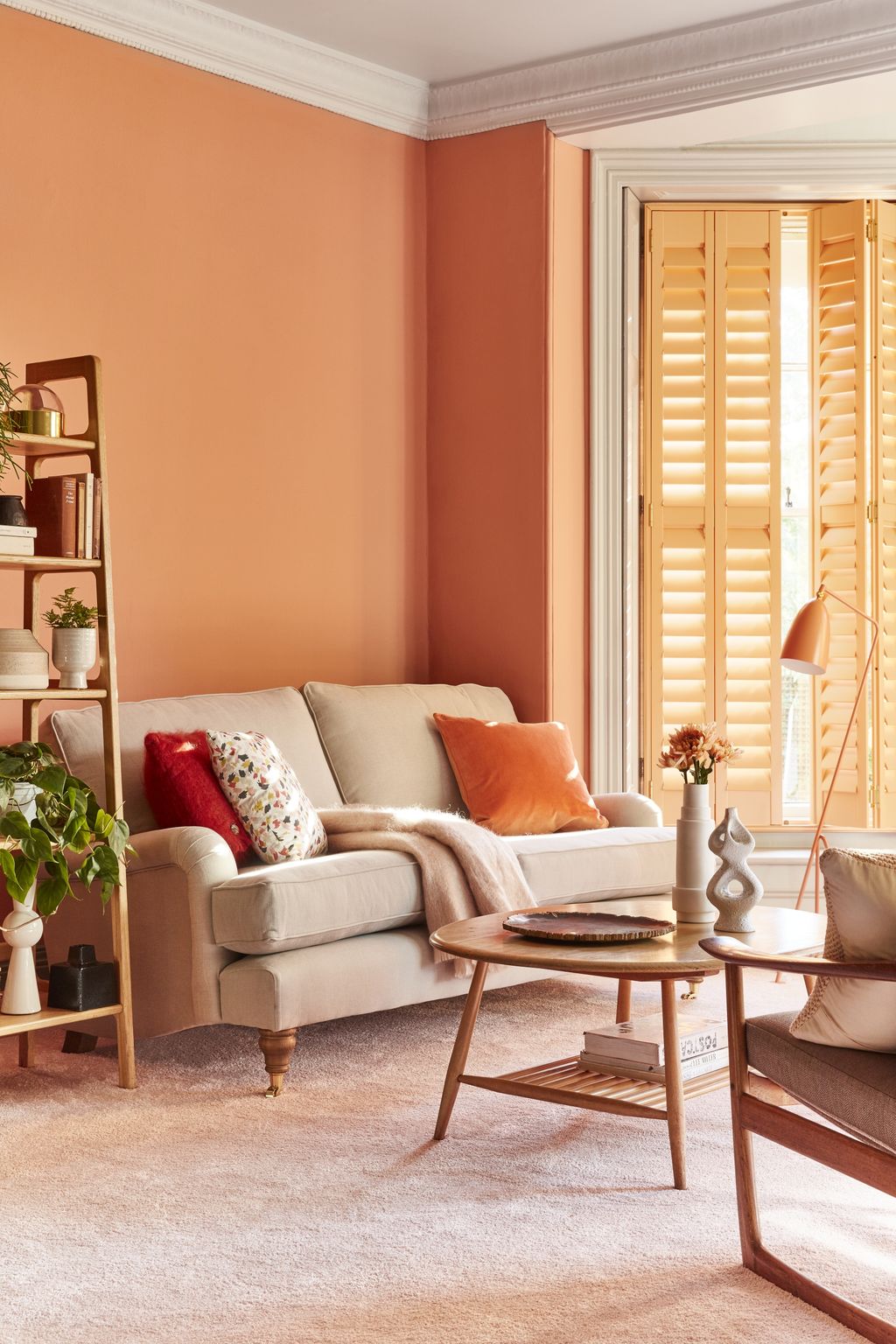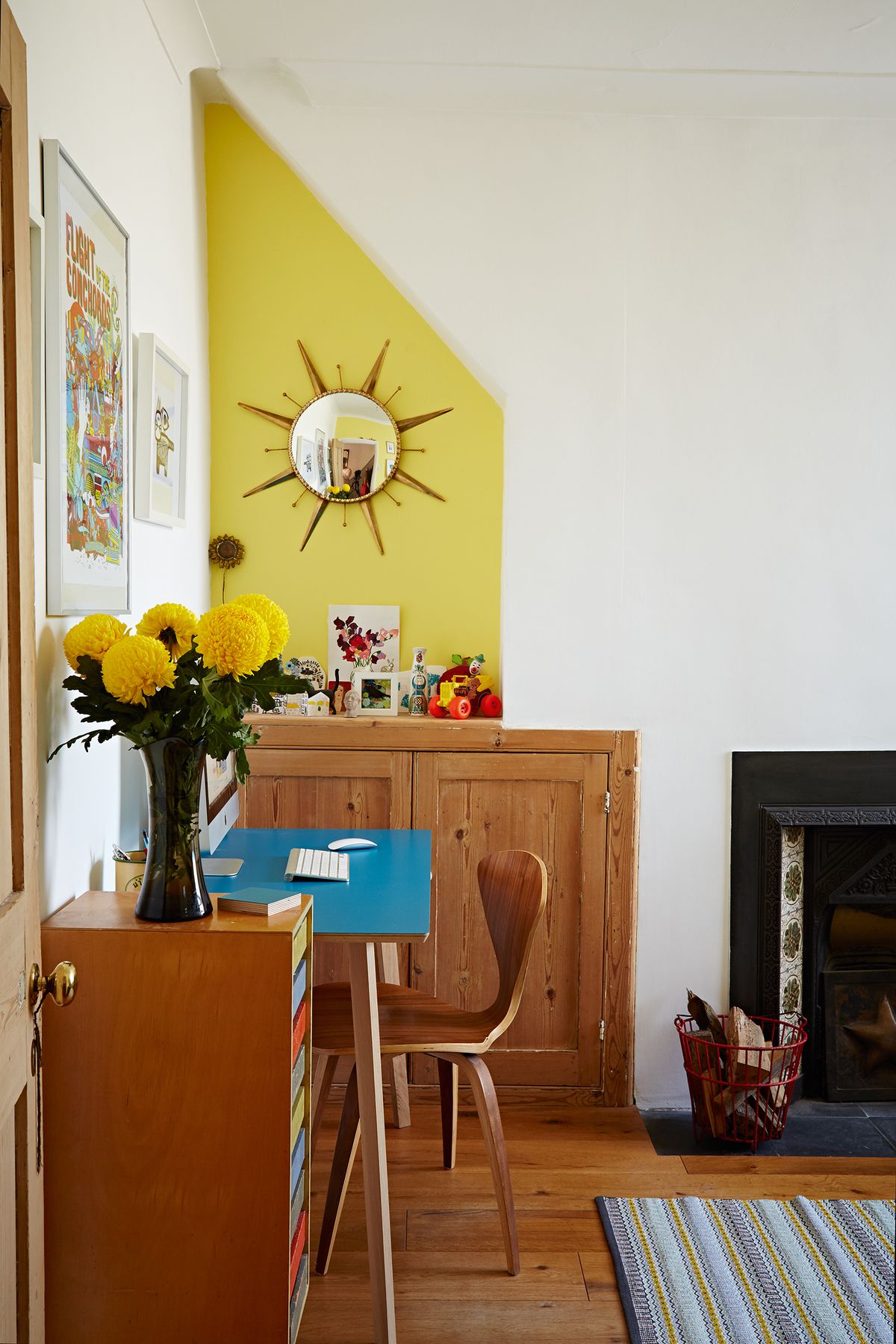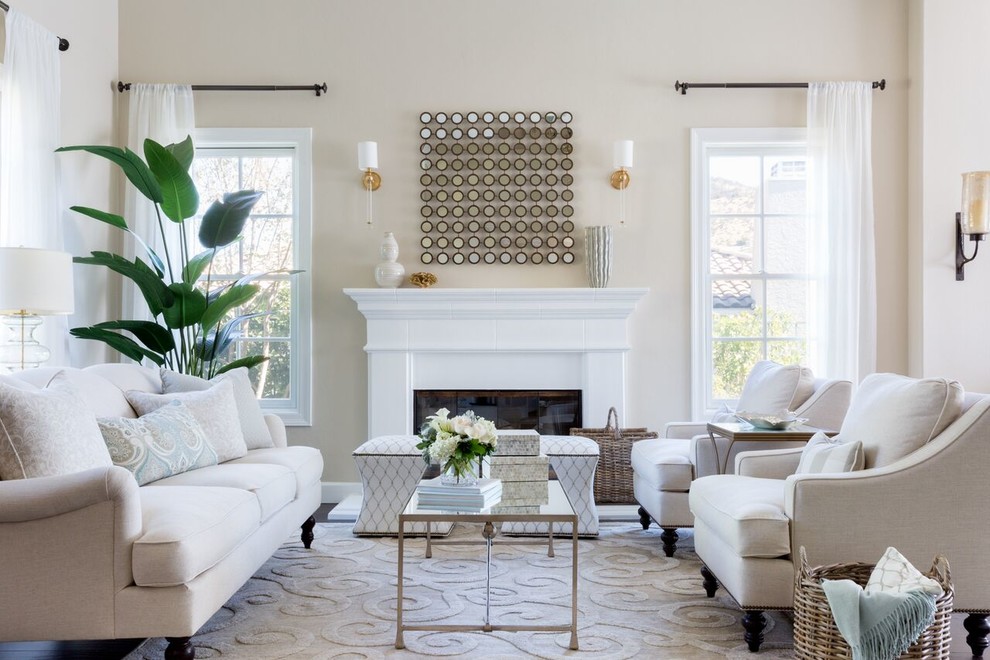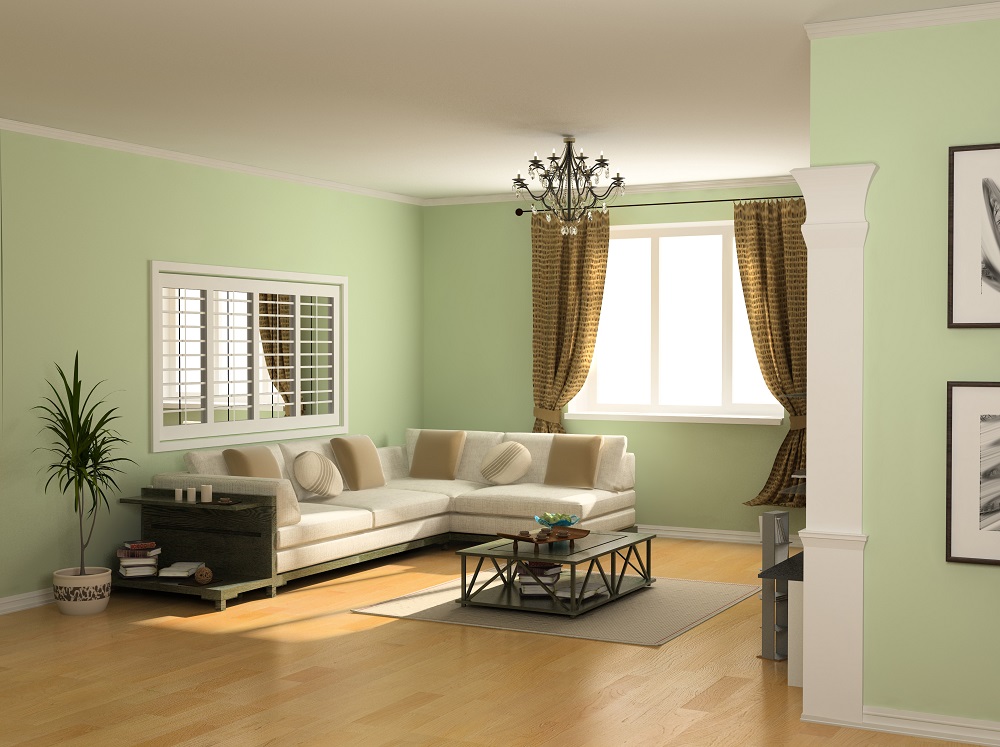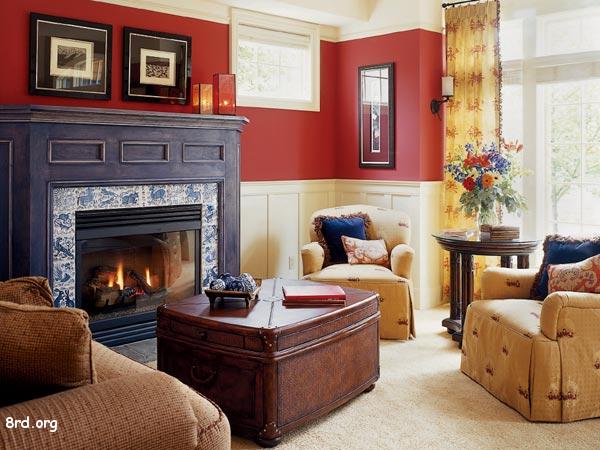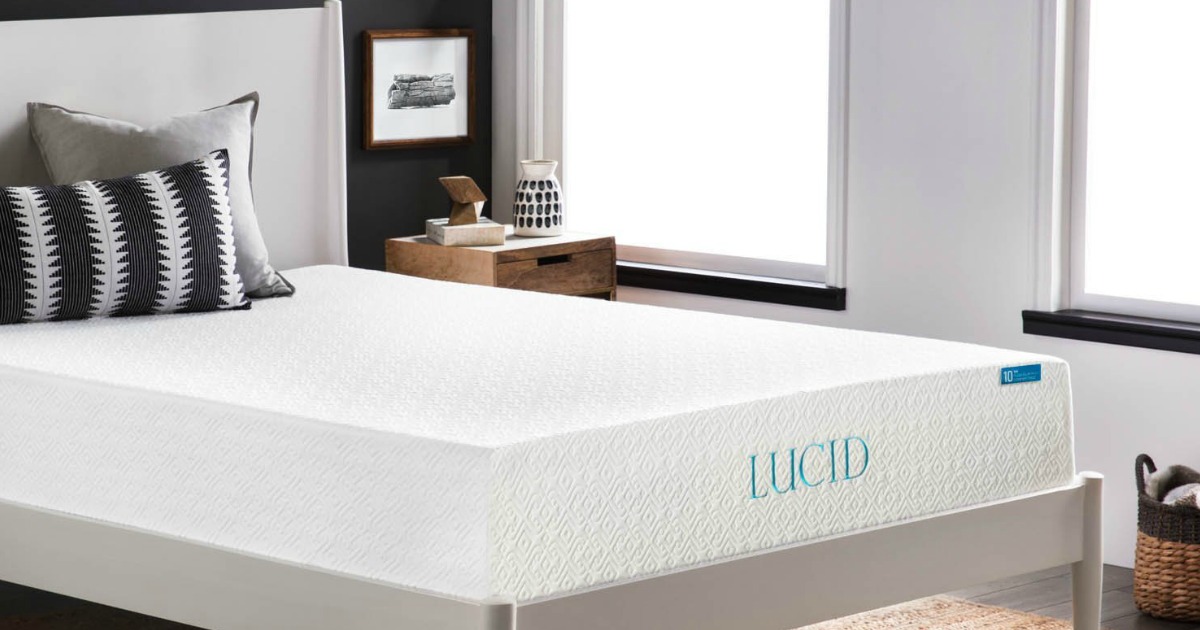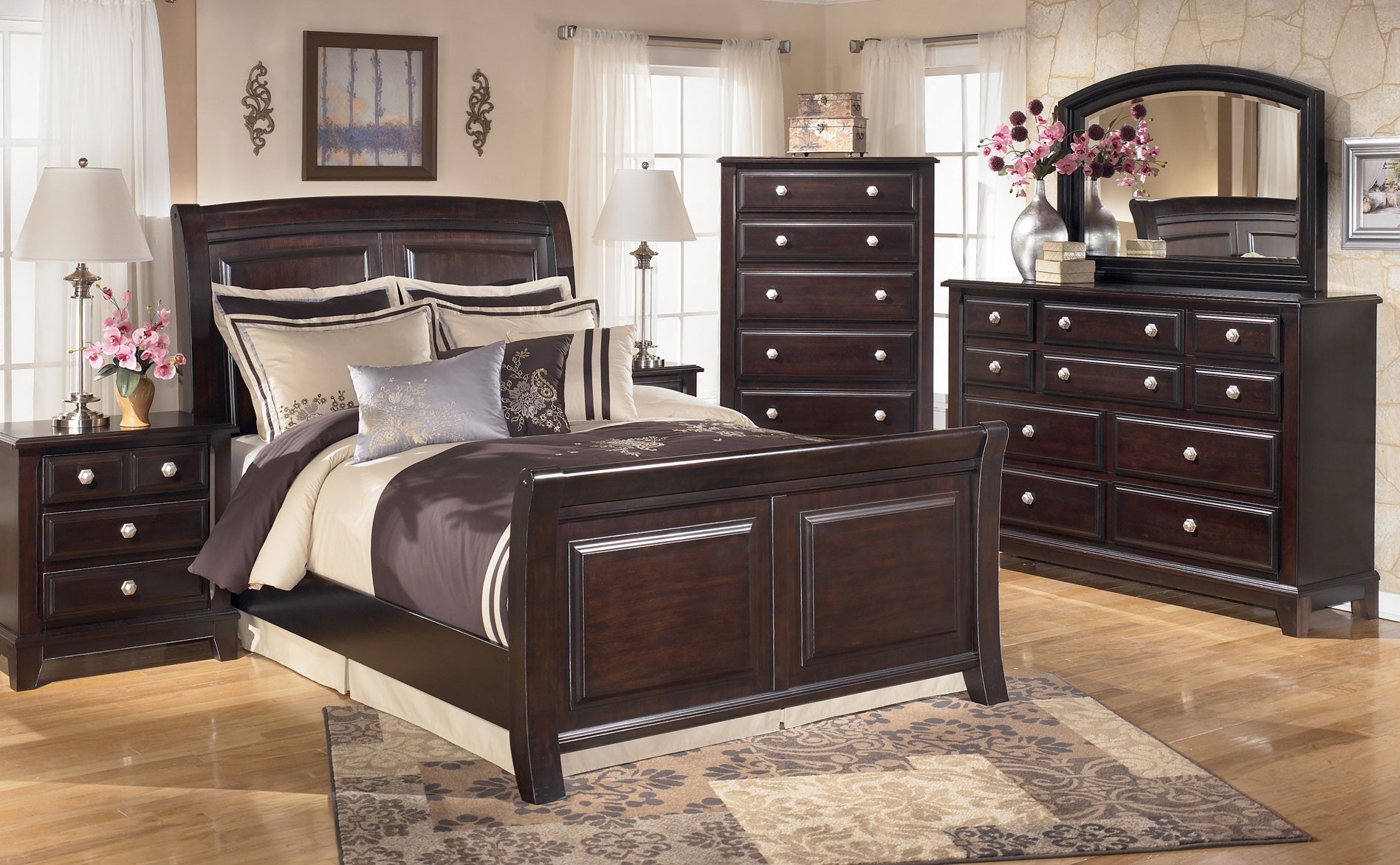If you want to create a space that seamlessly combines traditional and modern elements, then transitional living room color schemes are the way to go. This design style is all about striking a balance between old and new, classic and contemporary, resulting in a harmonious and inviting space. Let's take a look at some of the best transitional color schemes for your living room.1. Transitional Living Room Color Schemes: Blending Old and New
Before we dive into the color schemes, it's important to understand the key elements of a transitional living room. First and foremost, this design style is all about clean lines and minimal clutter. Think simple and streamlined furniture, with a mix of traditional and modern pieces. Next, look for a neutral color palette with pops of color and texture. Finally, incorporate a variety of textures and materials, such as wood, metal, and fabric, to add depth and interest to the space.2. The Key Elements of a Transitional Living Room
When it comes to transitional living room color schemes, you can't go wrong with classic neutrals. Beige, cream, and gray are all great options for creating a timeless and sophisticated look. These colors serve as a great foundation for the rest of your decor and can easily be paired with pops of color and different textures.3. Go for Classic Neutrals
To add some visual interest and personality to your transitional living room, consider incorporating a pop of color into your color scheme. Teal, navy, and mustard yellow are all great options for creating a focal point in the room. You can incorporate these colors through accent pillows, artwork, or even a statement piece of furniture.4. Add a Pop of Color
If you want to add some depth and contrast to your transitional living room, consider using a combination of dark and light colors. Pairing black and white is a classic and timeless option, but you can also experiment with other dark and light colors, such as charcoal and cream or navy and beige. This contrast will add visual interest and help create a balanced and cohesive look.5. Create Contrast with Dark and Light
Incorporating natural elements, such as wood and plants, is a great way to add warmth and texture to your living room. Light wood tones are a great choice for a transitional color scheme, as they add a touch of traditional charm while still maintaining a modern feel. You can also bring in plants and greenery to add some life and freshness to the space.6. Bring in Natural Elements
If you want to create a more subtle and cohesive look, consider using a monochromatic color scheme for your transitional living room. This means using different shades and tones of the same color throughout the space. Shades of blue or green are great options for a calming and sophisticated monochromatic look.7. Consider a Monochromatic Scheme
Incorporating different patterns is another great way to add visual interest and texture to your living room. In a transitional color scheme, it's important to use patterns sparingly and stick to a cohesive color palette. Geometric patterns and stripes are great options for a transitional living room, as they add a modern touch while still remaining classic.8. Mix and Match Patterns
To add some glamour and shine to your transitional living room, consider incorporating metallic accents into your color scheme. Gold, silver, and copper are all great options for adding a touch of luxury to the space. You can incorporate these through lighting fixtures, decorative objects, or even furniture.9. Play with Metallic Accents
When it comes to transitional living room color schemes, there are no hard and fast rules. Don't be afraid to experiment and mix different colors, patterns, and textures to create a space that reflects your personal style. Remember, the key is to strike a balance between old and new, traditional and modern, to create a harmonious and inviting living room.10. Don't Be Afraid to Experiment
Transitional living room color schemes are all about finding the perfect balance between traditional and modern elements. By incorporating classic neutrals, a pop of color, and a mix of textures and materials, you can create a space that is both timeless and sophisticated. So don't be afraid to play with colors and patterns, and remember to have fun and let your personal style shine through.In Conclusion
Why Choosing the Right Color Scheme is Key for a Transitional Living Room

The Importance of a Well-Thought-Out Color Scheme
 When designing a transitional living room, one of the most crucial elements to consider is the color scheme.
Color has the power to transform a space and set the tone for the entire room.
It can create a sense of balance, harmony, and cohesion, or it can make a space feel disjointed and overwhelming.
Choosing the right color scheme can make or break the overall design of your living room.
When designing a transitional living room, one of the most crucial elements to consider is the color scheme.
Color has the power to transform a space and set the tone for the entire room.
It can create a sense of balance, harmony, and cohesion, or it can make a space feel disjointed and overwhelming.
Choosing the right color scheme can make or break the overall design of your living room.
Creating a Transitional Look with Color
/169789002-58a723d63df78c345b930ec6.jpg) A transitional living room is all about finding the perfect balance between traditional and modern elements.
This style is characterized by clean lines, neutral colors, and a mix of textures and patterns.
When it comes to color, the key is to choose a palette that is both timeless and versatile.
Neutral colors such as beige, gray, and white are the foundation of a transitional color scheme.
These colors provide a neutral base that can easily be layered with pops of color and different textures.
A transitional living room is all about finding the perfect balance between traditional and modern elements.
This style is characterized by clean lines, neutral colors, and a mix of textures and patterns.
When it comes to color, the key is to choose a palette that is both timeless and versatile.
Neutral colors such as beige, gray, and white are the foundation of a transitional color scheme.
These colors provide a neutral base that can easily be layered with pops of color and different textures.
The Power of Contrast
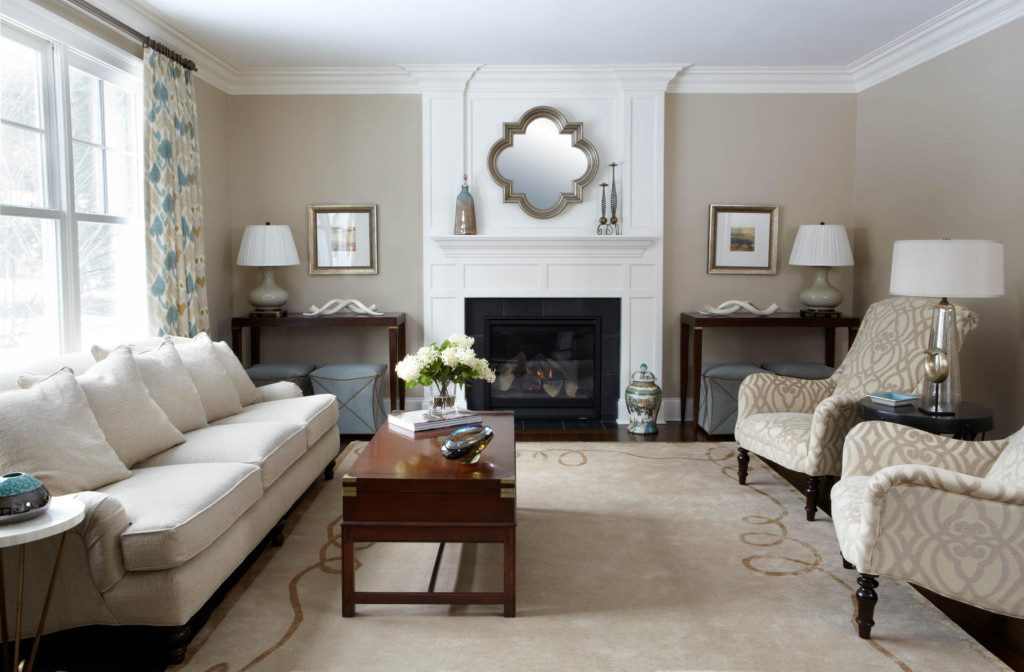 Contrast is an essential element in transitional design, and it can be achieved through color.
Contrasting colors add visual interest and depth to a space, creating a dynamic and visually appealing design.
For a transitional living room, consider pairing light and dark shades of the same color or incorporating complementary colors for a bold statement.
Contrast is an essential element in transitional design, and it can be achieved through color.
Contrasting colors add visual interest and depth to a space, creating a dynamic and visually appealing design.
For a transitional living room, consider pairing light and dark shades of the same color or incorporating complementary colors for a bold statement.
Incorporating Accent Colors
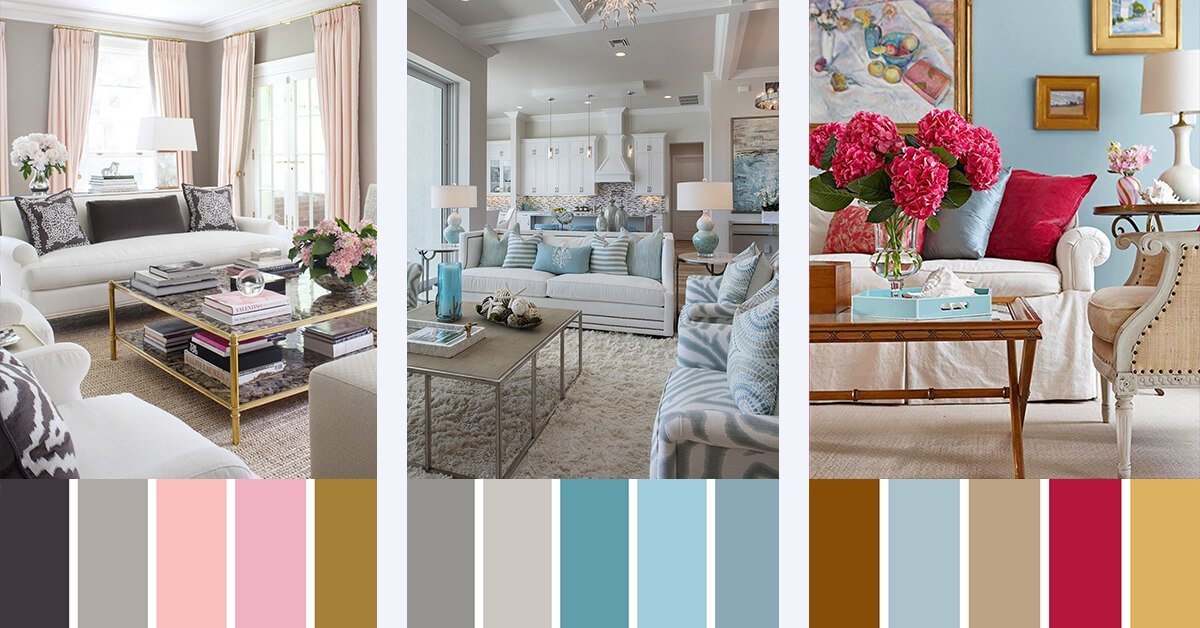 While neutral colors are the backbone of a transitional color scheme, it's important to incorporate accent colors to add personality and interest to the space.
Accent colors can be brought in through artwork, pillows, rugs, and other decorative elements.
Jewel tones, such as emerald green, sapphire blue, and rich purple, work particularly well in a transitional living room and add a touch of sophistication and elegance.
While neutral colors are the backbone of a transitional color scheme, it's important to incorporate accent colors to add personality and interest to the space.
Accent colors can be brought in through artwork, pillows, rugs, and other decorative elements.
Jewel tones, such as emerald green, sapphire blue, and rich purple, work particularly well in a transitional living room and add a touch of sophistication and elegance.
The Role of Textures
 In a transitional living room, textures play a significant role in creating visual interest and adding depth to the space.
Mixing different textures, such as velvet, leather, and natural fibers, can add warmth and dimension to a room.
Textures also help to break up a neutral color scheme and prevent it from feeling flat or one-dimensional.
In a transitional living room, textures play a significant role in creating visual interest and adding depth to the space.
Mixing different textures, such as velvet, leather, and natural fibers, can add warmth and dimension to a room.
Textures also help to break up a neutral color scheme and prevent it from feeling flat or one-dimensional.
Conclusion
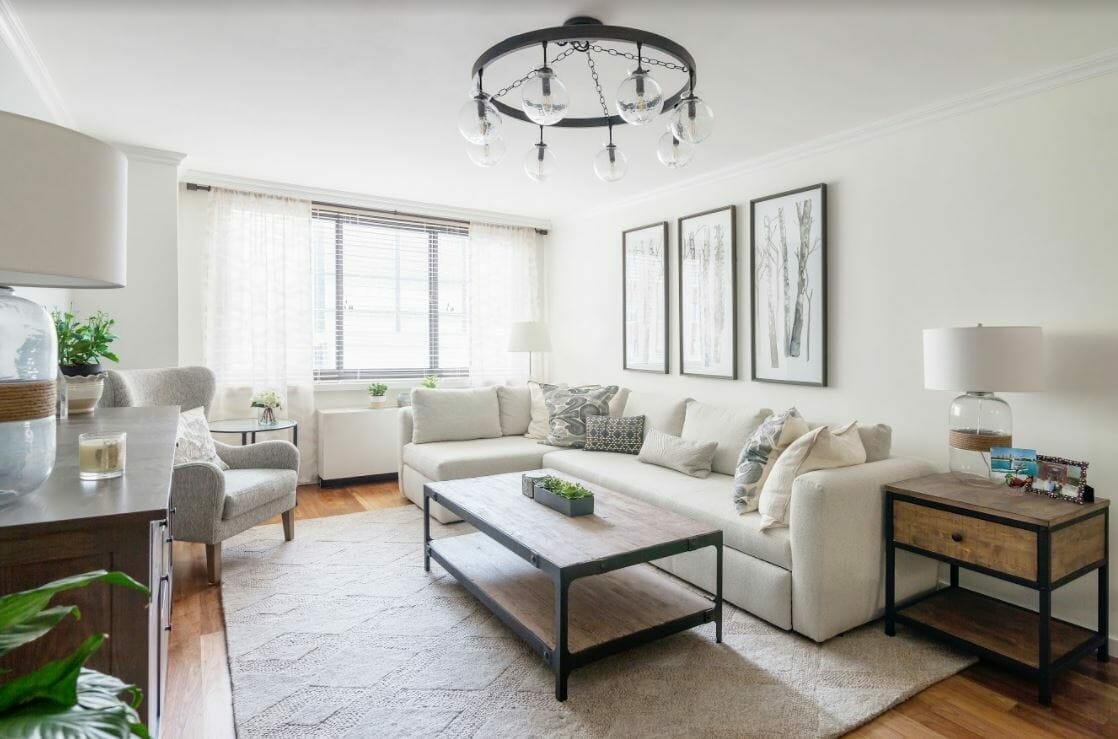 In summary, a transitional living room color scheme is all about finding the perfect balance between traditional and modern elements.
Neutral colors, contrast, accent colors, and textures all play a crucial role in creating a cohesive and visually appealing design.
By choosing the right color scheme, you can transform your living room into a stylish and inviting space that reflects your personal style. So consider these tips when designing your transitional living room and be sure to choose colors that speak to you and create the perfect ambiance for your home.
In summary, a transitional living room color scheme is all about finding the perfect balance between traditional and modern elements.
Neutral colors, contrast, accent colors, and textures all play a crucial role in creating a cohesive and visually appealing design.
By choosing the right color scheme, you can transform your living room into a stylish and inviting space that reflects your personal style. So consider these tips when designing your transitional living room and be sure to choose colors that speak to you and create the perfect ambiance for your home.


